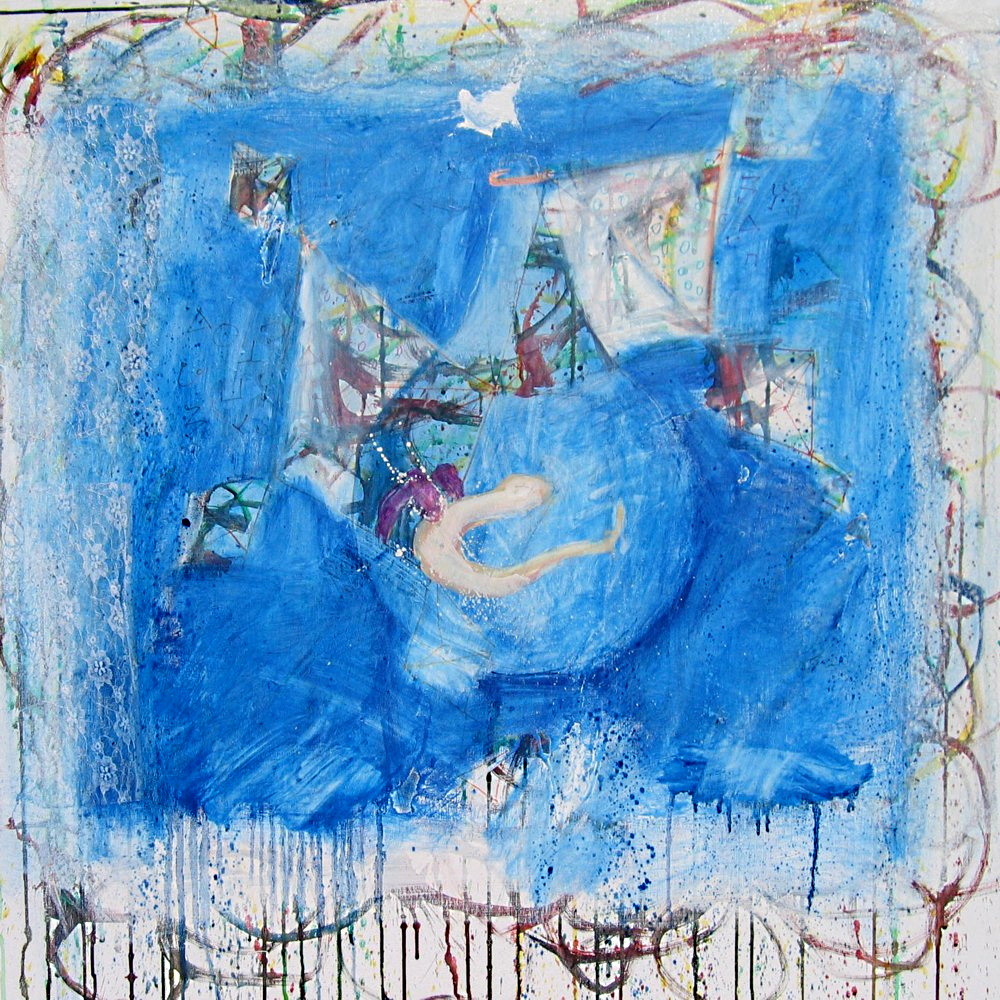
Osiris Suffocating in a Lead Coffin
We no longer sit around the campfire and tell stories every night. The Egyptians used to have a story about Osiris (the god of regeneration and re-birth), which they told for centuries. The long version is best, but the part that fascinates me is where Osiris’ evil brother fools him into getting into a box, which he then shuts, seals with lead, and throws into the Nile. The moral is not to ever fall for that one. The lead causes Osiris to suffocate and then, all over Egypt, there was the image of their god lying dead in a coffin and the problem of how he comes back to life. Myths carry messages that are universal and often contain archetypal symbols. Otherwise, they would not have continued to be told night after night. The image of Osiris suffocating has echoed for posterity through alchemy.
The first step in alchemy is the blackening of the elements. The elements represent the basic substance of matter, the prima materia, within which lies God’s secret of life and death.1 Physicists continue to break matter down into smaller and smaller subatomic particles, trying to find the indivisible and immortal substance. If we could just find the underlying essence, we will have the secret of resurrection and of immortality and the ‘who and how’ of creation.2
The alchemist’s vessel or alembic is hermetically sealed (sealed in lead) where the spirit imprisoned in matter is cooked and suffocated. On a psychological level, it is the process of suffocating or cooking our natural tendency to blame other people and outside events for our problems. It is also related to the cooking or overcoming of our outer desires and ambitions, which is that part of us that has spread itself throughout the phenomenal world existing in time and space.3 The mystical symbolism refers to the seeming evil of duality, which the suffering of has a unifying effect, leading to the ultimate death or surrender of the ego. This leads to the unus mundus, an ultimate unity of all existence outside the human category of time and space.4 The blackening process of the basic material or the original substance, the nature of our being, is a resurrection to our original and whole Self (the original Adam) of pure gold.
We have moved away from the nightly campfires and do not relate well to the esoteric symbolism of the alchemists. We have though, gotten very efficient at projecting our nostalgic memory of our original state of inner harmony onto the fantasy that we will be happy as soon as we find the perfect partner, the perfect job, house, car, and ideal children along with everything else we desire. Jungian psychologist, Marie-Louise von Franz, once said, “The fantasy in itself is entirely legitimate, it has the idea of the coniunctio, a perfect state, a state of harmony. It is a religious idea, but naturally if projected onto outside life and wanted there, in the here and now, that is impossible.”5
Our outside world of economics, politics, and strife has heated up like a global alembic; causing people to reevaluate their priorities. Our subconscious is digging up alchemical symbolism and its message is beginning to seep into our modern culture. We are beginning to look at the Almighty US Dollar cross-eyed and perhaps seeing for the first time the symbolism of the Egyptian pyramid on the back and the true meaning of Novus ordo seclorum. “A new order of the ages” will happen when we get Osiris out of the lead coffin. Our task is to re-generate our connection with Nature and to live harmoniously in a more primitive human attitude towards life and our connection to spirit.
References
1. Von Franz, M., Alchemy, an Introduction to the Symbolism and the Psychology, Inner City Books, 1980, p.84
2. Ibid, p.76
3. Mann, T. Introduction, The Works of Schopenhauer, Frederick Ungar Publishing Co. 1955, p. viii
4. Storr, A. The Essential Jung, Princeton University Press, 1983, p.331
5. Von Franz, M., Alchemy, an Introduction to the Symbolism and the Psychology, Inner City Books, 1980, p.106
